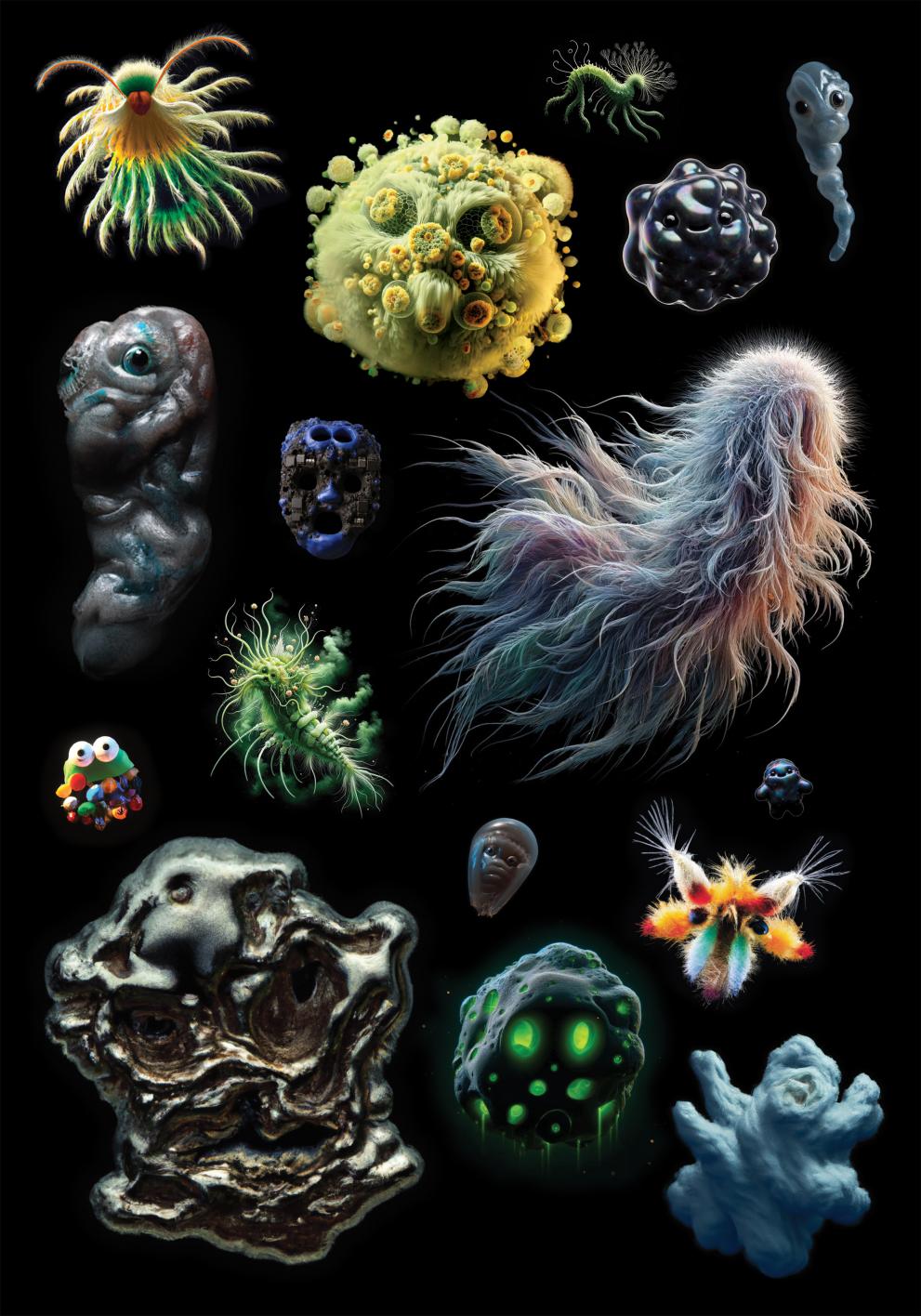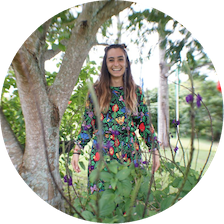Project description
How do we keep living on a damaged planet?
Life in our times entails an apparent dissolution of the proper separation of things. What emerges in this crisis is an uncanny eeriness; sunbathing reminds us of global warming, breathing city air of pollution, and drinking water of contaminants. Unseen anthropogenic entities are haunting our experience. The ghosts of the Anthropocene have awakened! Nonhuman Nonsense and Caterina Cacciatori propose a ghost hunt by reimagining water monitoring tools as ghost-hunting equipment. Together with local citizens living at waterways and connecting the world of science and mythology, they will attempt to form a different, closer relationship with these ghostly entities (aka. contaminants), making them a larger part of our concern.
If we let the ghost contaminant speak, what are they saying? What past stories do they speak of, and what do they foresee for the future?
They will conduct research and continue their exploration of contaminants as ghosts, water quality management tools as ghost hunting tools, and engagement of citizens as ghost hunters, connecting the worlds of scientific research and contaminants with mythologies and local communities.

Haunted Waters website
Meet the Team
Nonhuman Nonsense is a research-driven design and art studio creating near-future fabulations and experiments somewhere between utopia and dystopia. Caterina Cacciatori is an environmental engineer working on water management. The group first met and connected at the SciArt Summer School on the topic of NaturArchy which took place in June 2022 at the JRC.
What drives this project?
The aim of the project for me, of course, is to continue this closer relationship between art and the science, but it is also to bring people closer to the contaminants, to make them understand what is actually in their waters. And just to really stop and reflect, which maybe it won't happen at a bigger scale if only the scientists are involved in the monitoring or if the attention is only drawn when there is an emergency. So we can also maybe trigger a bit of prevention or a preventive attitude towards the contamination that we are creating.

Caterina Cacciatori, Researcher
A starting point was to compare these monitoring toolkits to ghost hunting toolkits, because contaminants are also unseen and they're haunting the lands and bodies they're in. And it came about from the feeling of living in these times when a lot of common activities such as drinking water might remind you of pollution, or sunbathing might make you think about global heating. So this feeling that things that before were enjoyable, now there’s an eerie feeling that something is going on that we maybe cannot feel it directly, but we know it's going on and it's changing us and the environment.

Nonhuman Nonsense, Artists
